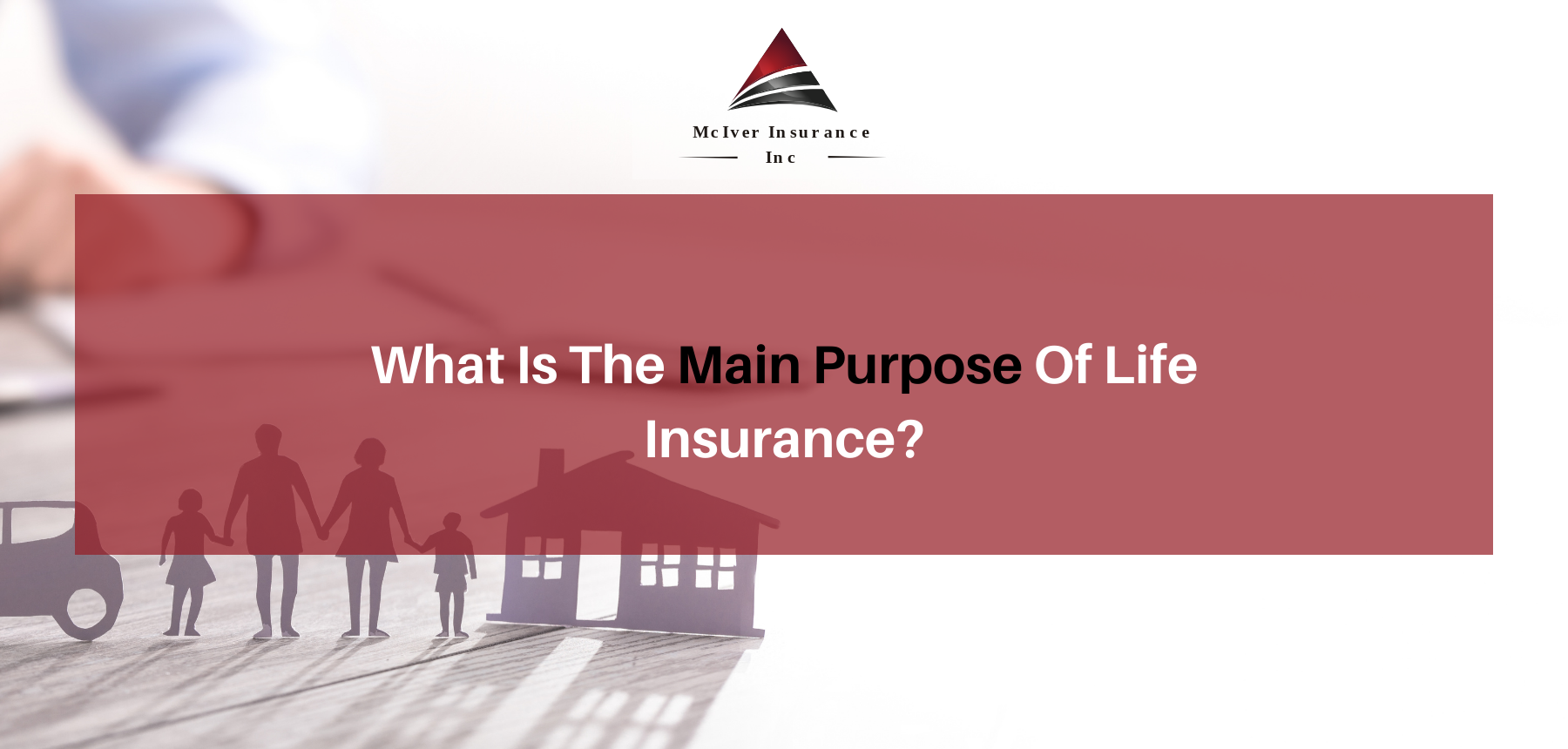Indicators on Pacific Prime You Should Know
Indicators on Pacific Prime You Should Know
Blog Article
Pacific Prime for Dummies
Table of ContentsPacific Prime for BeginnersAbout Pacific PrimeThe smart Trick of Pacific Prime That Nobody is Talking AboutPacific Prime for Beginners6 Easy Facts About Pacific Prime Shown

This is because the information were collected for a duration of solid economic performance. Of the approximated 42 million people who were without insurance, just about regarding 420,000 (concerning 1 percent) were under 65 years of age, the age at which most Americans come to be qualified for Medicare; 32 million were adults in between ages 18 and 65, around 19 percent of all adults in this age group; and 10 million were youngsters under 18 years old, about 13.9 percent of all kids (Mills, 2000).
These estimates of the variety of individuals uninsured are produced from the yearly March Supplement to the Existing Population Survey (CPS), performed by the Census Bureau. Unless otherwise noted, nationwide estimates of people without wellness insurance and percentages of the populace with different type of insurance coverage are based upon the CPS, one of the most extensively used source of quotes of insurance protection and uninsurance prices.
All about Pacific Prime

Still, the CPS is specifically beneficial since it creates annual estimates reasonably rapidly, reporting the previous year's insurance protection approximates each September, and since it is the basis for a constant collection of quotes for greater than 20 years, permitting for evaluation of trends in coverage with time. For these factors, in addition to the comprehensive use the CPS in various other research studies of insurance policy protection that are presented in this record, we count on CPS estimates, with restrictions kept in mind.

The estimate of the number of without insurance individuals broadens when a population's insurance status is tracked for several years. Over a three-year period beginning early in 1993, 72 million individuals, 29 percent of the U.S. https://pacificpr1me.start.page. population, lacked insurance coverage for at the very least one month. Within a single year (1994 ), 53 million individuals experienced a minimum of a month without coverage (Bennefield, 1998a)
6 out of every ten uninsured grownups are themselves utilized. Although working does boost the likelihood that and one's family participants will certainly have insurance, it is not a warranty. Even members of families with two full-time breadwinner have almost a one-in-ten opportunity of being uninsured (9.1 percent without insurance rate) (Hoffman and Pohl, 2000).
The Only Guide for Pacific Prime
New immigrants make up a significant percentage of people without health insurance policy. One evaluation has actually connected a considerable section of the recent growth in the size of the united state without insurance populace to immigrants that arrived in the country between 1994 and 1998 (Camarota and Edwards, 2000). Recent immigrants (those that involved the USA within the previous four years) do have a high rate of being uninsured (46 percent), but they and their kids represent simply 6 percent of those without insurance policy nationally (Holahan et al., 2001).
The relationship between health and wellness insurance coverage and access to care is well established, as recorded later on in this phase. The relationship between wellness insurance policy and health results is neither straight neither straightforward, a considerable professional and health and wellness services research literary works web links health insurance protection to enhanced access to care, far better high quality, and enhanced personal and populace health and wellness status.
Degrees of analysis for analyzing the effects of uninsurance. This conversation of health and wellness insurance protection focuses primarily on the united state population under age 65 due to the fact that basically all Americans 65 and older have Medicare or other public coverage. It concentrates particularly on those without any wellness insurance coverage for any length of time.
The 9-Second Trick For Pacific Prime
The troubles dealt with by the underinsured are in some respects comparable to those encountered by the uninsured, although they are typically much less serious. Health and wellness insurance coverage, however, is neither necessary neither sufficient to gain accessibility to clinical services. The independent and straight impact of health insurance policy coverage on accessibility to health and wellness services is well developed.
Others will get the health and wellness treatment they require even without medical insurance, by paying for it expense or seeking it from service providers that provide treatment cost-free or at highly subsidized prices. For still others, health insurance policy alone does not make sure receipt of treatment due to various other nonfinancial barriers, such as an absence of healthcare carriers in their area, restricted access to transport, illiteracy, or linguistic and social differences.
The Buzz on Pacific Prime
Official research study concerning without insurance populations in straight from the source the United States dates to the late 1920s and very early 1930s when the Board on the Price of Treatment produced a series of records about funding medical professional workplace brows through and hospitalizations. This issue ended up being prominent as the varieties of clinically indigent climbed up throughout the Great Clinical depression.
Report this page